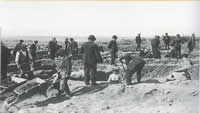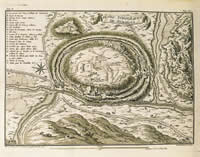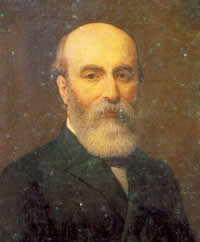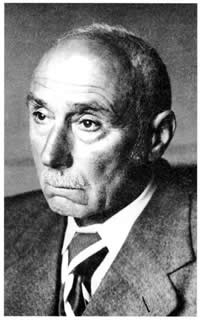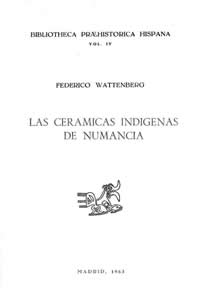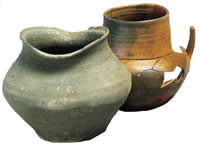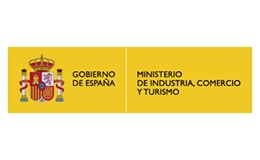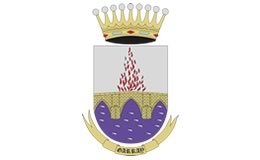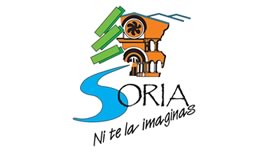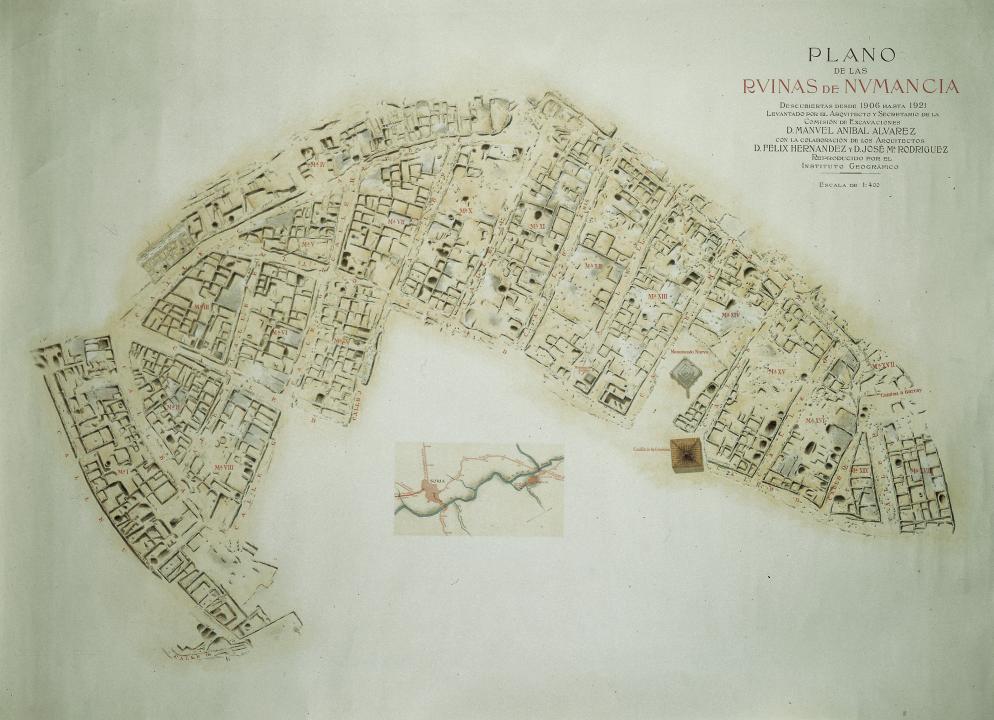

In 1905 it was organized a new Commission of the Royal Academy of History that made its works from 1906 to 1926 under the initial presidency of Saavedra and from 1912 of J.R. Melida and of other members as Gonzales Simancas, the Marquis of Cerralbo, the Abbot Gomez Santacruz and Blas Taracena, first director of the Numantian Museum. His works brought out into the open a wide surface of the city, some 6 hectares giving the possibility to know about nineteen streets and twenty blocks that allow fixing its plan and organization. These excavations achieved so much popularity that they were described with all technical details by Perez Galdos in his book “El Caballero Encantado”.
Soon, preservation problems of so wide surface were highlighted by Melida (1922 and 1924) but the lack of budget and a suitable management, to solve these problems, conditioned the preservation of this site. This research, influenced by information of classical texts, assumed that found ruins corresponded to two cities, one older of Celtiberian epoch that was the heroic Numantia buried by a “sudario” of burn and distruction and above it another of Roman epoch, attributed to Augustus adapted to the previous plan and keeping partly the Indigenous characteristics. The typological evolution of ceramics, drew up by Taracena without the support of stratigraphic checks, was the point of reference to establish the chronological order.



